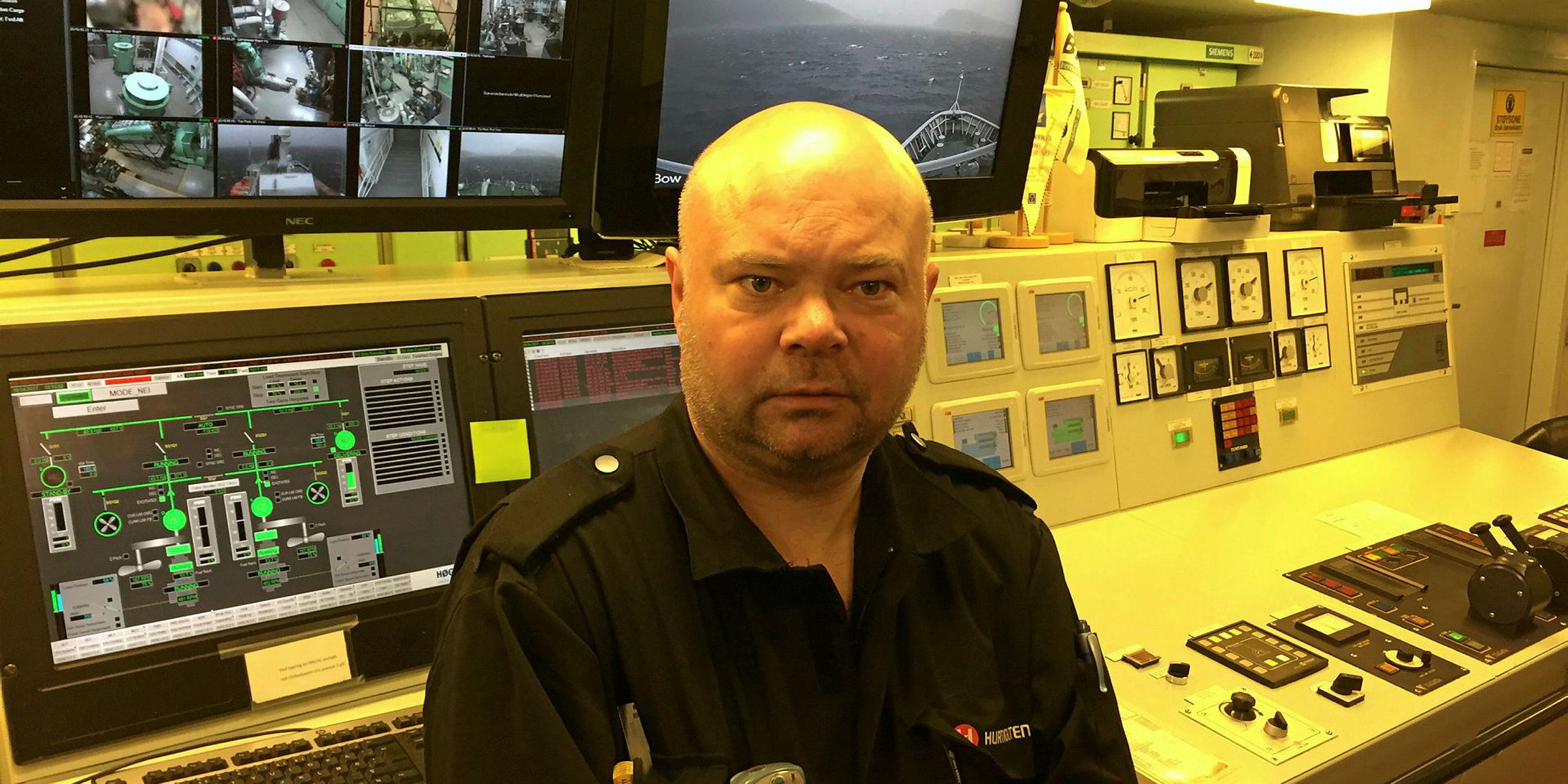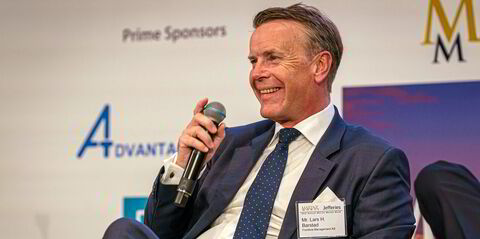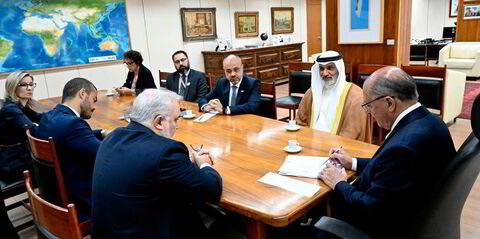Ever heard of ‘Geocaching’? On Watch hadn’t either but is seriously tempted to sign up after hearing about the activity in an unlikely context — during a conversation with first engineer Esben Kristensen in the control room of Hurtigruten's 11,204-gt MS Nordlys (built 1994).
While explaining what’s in a day’s work monitoring the MaK main engines and other systems that power the Nordlys, Kristensen let slip that he is an expert Geocacher and has clocked up physical finds in 25 countries. Hurtigruten crews typically work 22 days on and 22 days off so he has plenty of time to indulge his wanderlust when not on the job.
Kristensen also has two geocache finds to his credit in Antarctica — although he admits these were virtual, not physical.
Basically, geocaching is grown-up treasure hunting using smartphone apps or handheld GPS to select your chosen geocache and navigate to its location — wherever in the world that may be. There are now some two million geocaches globally, containing, for example, identity-coded “trackable game pieces”, such as a geocoin, key ring or patch. Some are easy to find and others harder — in the middle of forests, for example. Each is concealed in a weather-proof container, with a logbook to sign. You can also take or deposit a memento. It’s a brilliant method to make holidays to new places more “interactive” and a great way to interact online with people all over the world. Find out more at geocaching.com.
However, you’re unlikely to find a geocache in Kristensen's workplace, as the engine room is strictly off-limits to passengers. But, for those who are invited, one thing is conspicuous by its absence — the pungent smell of bunker fuel. That’s because all Hurtigruten ships sailing the Norwegian coastal route now use a light marine diesel supplied by Shell that contains only 550 parts per million (ppm) of sulphur — part of the company’s commitment to green operations.
Tor Geir Engebretsen, Hurtigruten's chief operating officer and senior vice-president of maritime operations, told TradeWinds and other media that the company was in the process of buying the Nordlys and sistership Richard With (built 1993) from Norwegian investor groups. Both vessels will then be refurbished.
“We want to buy them because we only want to invest in ships that we own,” he said.
Which is understandable, given that upgrading costs are — give or take — NOK 100m ($11m) per ship.



